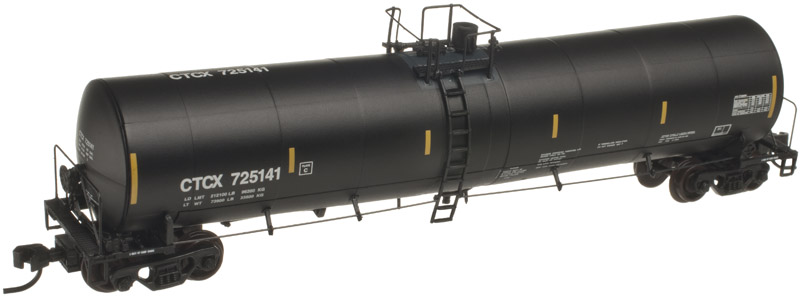The Eisenhower dollar is a one-dollar coin issued by the United States Mint from 1971 to 1978; it was the first coin of that denomination issued by the Mint since the Peace dollar series ended in 1935. The coin depicts General and President Dwight D. Eisenhower, who appears on the obverse. Both its obverse and reverse were designed by Frank Gasparro.
In 1965, the Mint had begun to strike copper-nickel clad coins instead of silver, due to rises in bullion prices. No dollar coins had been struck in thirty years, and none, initially, were minted in the new metal. Beginning in 1969, legislators sought to reintroduce a dollar coin into commerce. After Eisenhower died in March of that year, there were a number of proposals to honor Eisenhower with the new coin. While these bills generally commanded wide support, enactment was delayed by a dispute over whether the new coin should be in base metal or 40% silver. In 1970, a compromise was reached to strike the Eisenhower dollar in base metal for circulation, and in 40% silver as a collectible. President Richard Nixon signed legislation authorizing the new coin on December 31, 1970.
Although the collector's pieces sold well, the new dollars failed to circulate to any degree, except in and around Nevada casinos, where they took the place of privately issued tokens. There are no dollars dated 1975; coins from that year and from 1976 bear a double date 1776-1976, and a special reverse by Dennis R. Williams in honor of the bicentennial of American independence. Beginning in 1977, the Mint sought to replace the Eisenhower dollar with a smaller-sized piece. Congress authorized the Susan B. Anthony dollar, struck beginning in 1979, but that piece also failed to circulate. Due to their modest cost and the short length of the series, sets of Eisenhower dollars are becoming more popular among collectors.
If you see errors or missing data in this entry, please feel free to log in and edit it. Anyone with a Gmail account can log in instantly.







